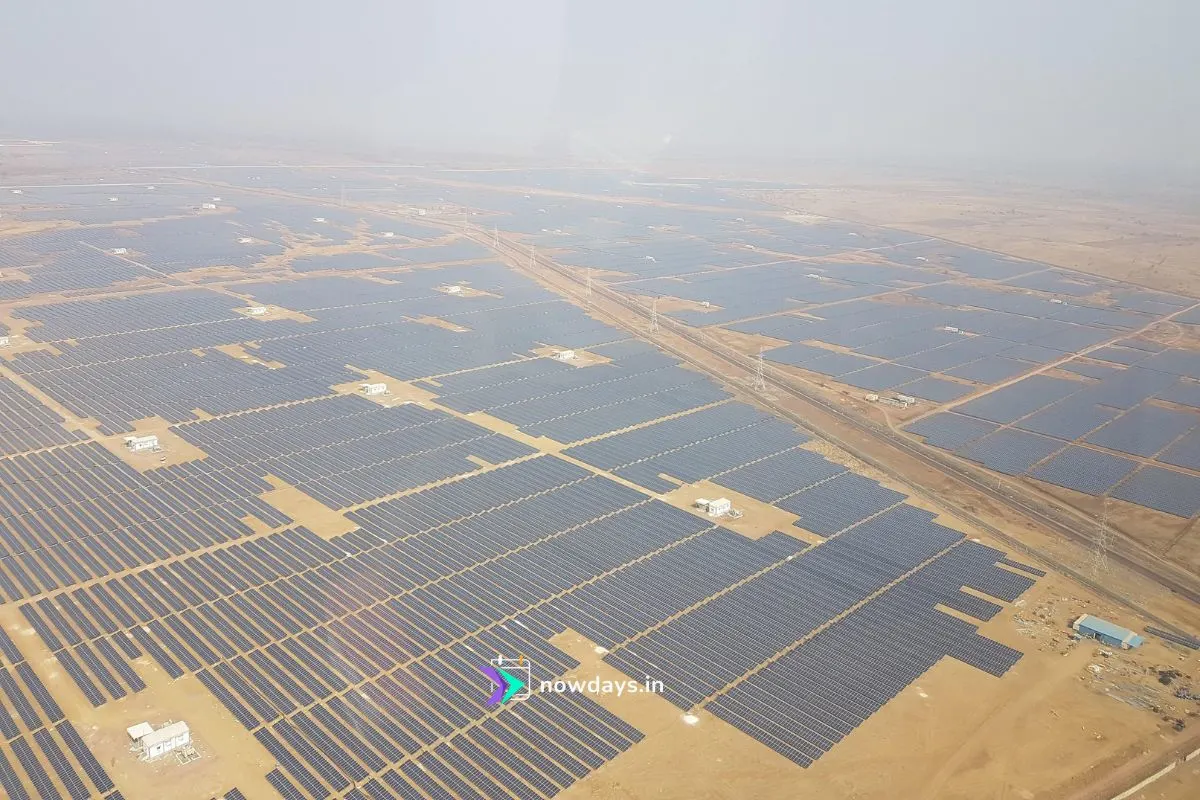India has made headlines globally by unveiling the discovery of nearly 8.5 million tons of rare earth element (REE) deposits, marking a strategic milestone at a time of rising international demand and mounting supply chain uncertainties. This significant find, confirmed by recent government statements, positions India among the world’s leading holders of these critical minerals—vital for green technology, advanced electronics, and national security.
What is Rare Earth Element (REE) ?
A rare earth element (REE) refers to any of a group of 17 chemically similar metallic elements that are critical for many advanced technologies. These include the 15 lanthanides on the periodic table, plus scandium and yttrium, both of which tend to occur in the same ore deposits and have similar chemical properties to the lanthanides.
The 17 rare earth elements are:
- Scandium (Sc)
- Yttrium (Y)
- Lanthanum (La)
- Cerium (Ce)
- Praseodymium (Pr)
- Neodymium (Nd)
- Promethium (Pm)
- Samarium (Sm)
- Europium (Eu)
- Gadolinium (Gd)
- Terbium (Tb)
- Dysprosium (Dy)
- Holmium (Ho)
- Erbium (Er)
- Thulium (Tm)
- Ytterbium (Yb)
- Lutetium (Lu).
Rare earth elements are not particularly rare in Earth’s crust, but are seldom found in concentrated, easily mineable deposits. They are valued for their unique magnetic, optical, and electronic properties, making them essential for electronics, renewable energy, defense systems, and many high-tech devices.
Important distinctions:
- Light rare earth elements (LREEs) include elements like lanthanum, cerium, praseodymium, and neodymium.
- Heavy rare earth elements (HREEs) include yttrium, europium, gadolinium, terbium, dysprosium, holmium, erbium, thulium, ytterbium, and lutetium.
Promethium is unique among REEs for being radioactive; it occurs only in trace amounts in nature.
Key Highlights of the Discovery
- Massive Reserve Size: The latest geological surveys indicate India’s REE reserves now total 8.5 million tons, up from earlier estimates of just under 7 million tons. This substantial uplift cements India’s status as the country with the fifth largest reserves globally.
- Geographical Spread: The bulk of these reserves—over 7.2 million tons of rare earth oxides—are locked within 13.15 million tons of monazite, a mineral also rich in thorium, and spread across coastal states such as Andhra Pradesh, Tamil Nadu, Kerala, Odisha, West Bengal, along with deposits in Jharkhand, Gujarat, and Maharashtra. Additional hard rock deposits contribute about 1.3 million tons, mainly from Gujarat and Rajasthan.
- Strategic Timing: The announcement comes as China, which controls nearly two-thirds of global REE production and 90% of processing, has imposed stricter export controls, disrupting the supply chain for industries worldwide including renewable energy, electric vehicles (EVs), defense, and semiconductors.
Why Rare Earth Elements Matter
Rare earths comprise 17 metallic elements indispensable for modern technologies:
- Permanent Magnets: Used in wind turbines, EV motors, and various electronics.
- Defense and Aerospace: Critical for guidance systems, lasers, and advanced sensors.
- Energy Storage and Green Tech: REEs are essential for batteries, solar panels, and other clean energy solutions.
Challenges and Opportunities
Despite its vast reserves, India’s REE mining and processing sector remains underdeveloped, currently contributing less than 1% of global output. The government, aware of this gap, is pursuing several policy measures:
- National Critical Mineral Mission: Launched in 2025, this initiative aims to scale up domestic mining, processing, and value chain integration.
- Processing Bottlenecks: Extraction of rare earths in India is complex due to their dispersion, association with radioactive elements, and lack of large-scale processing facilities. Most reserves are in monazite sands, classified as atomic minerals under strict regulations.
- Public Sector Lead and Partnerships: Indian Rare Earths Limited (IREL), a state-run entity, leads current mining efforts, while new policies propose increased private sector participation and international joint ventures, notably with Australia and Japan, to adopt best-in-class extraction and refining technology.
Global and Economic Implications
India’s rare earth discovery has broad geopolitical and economic consequences:
- Reduced Import Dependency: The country stands to reduce its near-total reliance on imports for most REEs, especially as global prices rise amid supply disruptions.
- Industrial Growth: The reserves are a key asset for India’s ambitions in semiconductors, green mobility (EVs), defense modernization, and the electronics manufacturing sector.
- Attracting Investment: With the global pivot away from China, India’s reserves may attract multinational investment and act as a catalyst for the country’s broader industrial policy.
The Road Ahead
To fully capitalize on its newfound resource wealth, India will need to:
- Accelerate technological upgrades for mining and value-added processing.
- Address environmental and regulatory challenges associated with atomic mineral extraction.
- Build robust, environmentally sustainable supply chains spanning from extraction to advanced manufacturing.
As the global race for critical minerals intensifies, India’s 8.5 million tons of rare earths offer the promise of strategic autonomy—provided the country can surmount current extraction, processing, and value chain hurdles. This discovery can prove pivotal not just for India’s economic ambitions, but also for creating more resilient and diversified global supply chains in an era increasingly defined by competition over critical resources.








